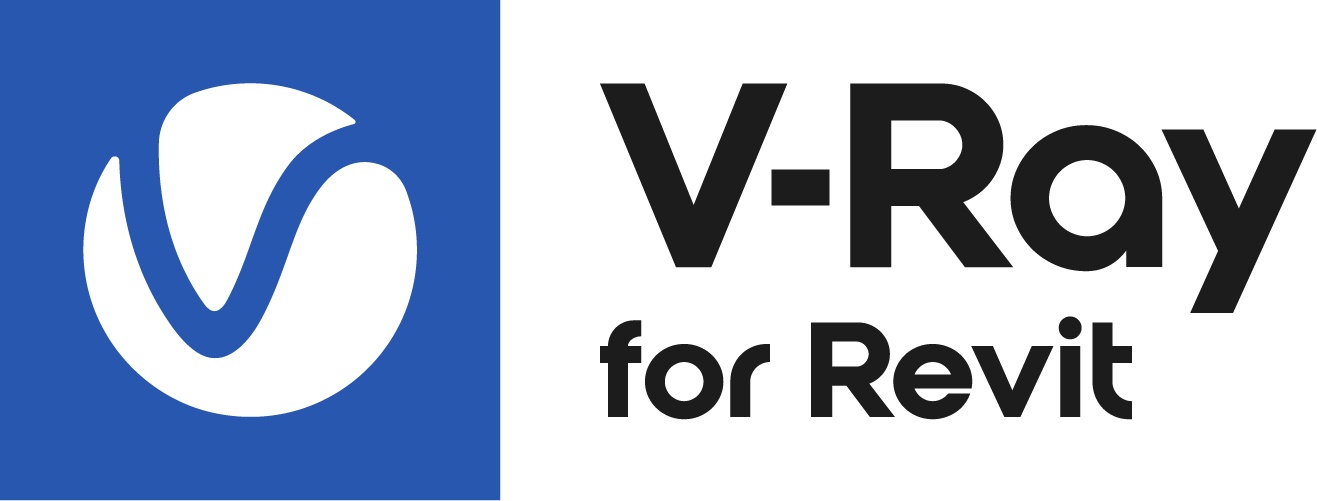This page provides information about the Generic material in V-Ray for Revit.
Overview
Generic is a special V-Ray material, that allows for better physically correct illumination (energy distribution) in the project, faster rendering, as well as more convenient reflection and refraction parameters. Within this material you can apply different texture maps, control the reflections and refractions, add bump and displacement maps, force direct GI calculations, and choose the BRDF for the material.
UI Options
The Generic material settings are organized in Basic and Advanced modes. You can switch the mode from the toggle button under the Preview Swatch.
Add Layer and Add Attribute buttons are provided for some V-Ray materials, including Generic. You can select an additional layer or attribute that can add up to the appearance of the material. For more information, see the Attributes And Layerssection.
The context menu of the Color slot provides options to Copy and Paste, as well as to Reset the color.
A Reset option is provided in the context menu of each Number Slider. You can reset the slider value to the default one.
Attributes
The Attributes available for the Generic material are as follows.
Layers
The Layers available for the Generic material are as follows.
VRay Mtl
Emissive
Diffuse Coat
Reflective Coat
Flakes 2
Stochastic Flakes
Each Generic rollout has its own dedicated page listed below:
Notes
Use the Generic material whenever possible in your projects. This material is specifically optimized for V-Ray and often GI and lighting is computed much faster for V-Ray materials than for standard materials. Many V-Ray features (e.g. light cache, render elements) are guaranteed to work properly only with Generic and other V-Ray compliant materials.
The Generic material can produce reflections/refractions for matte objects - see Wrapper Material.
The 2D mapping method ignores the Tiling parameters specified in the textures themselves.
- The 2D mapping (landscape) method only supports one UV mapping channel.
- Materials with Normal opacity mode are now migrated to Stochastic opacity mode.
Having a very large number of project objects using materials with 2D Displacement may substantially prolong the geometry compilation phase of the rendering process.









